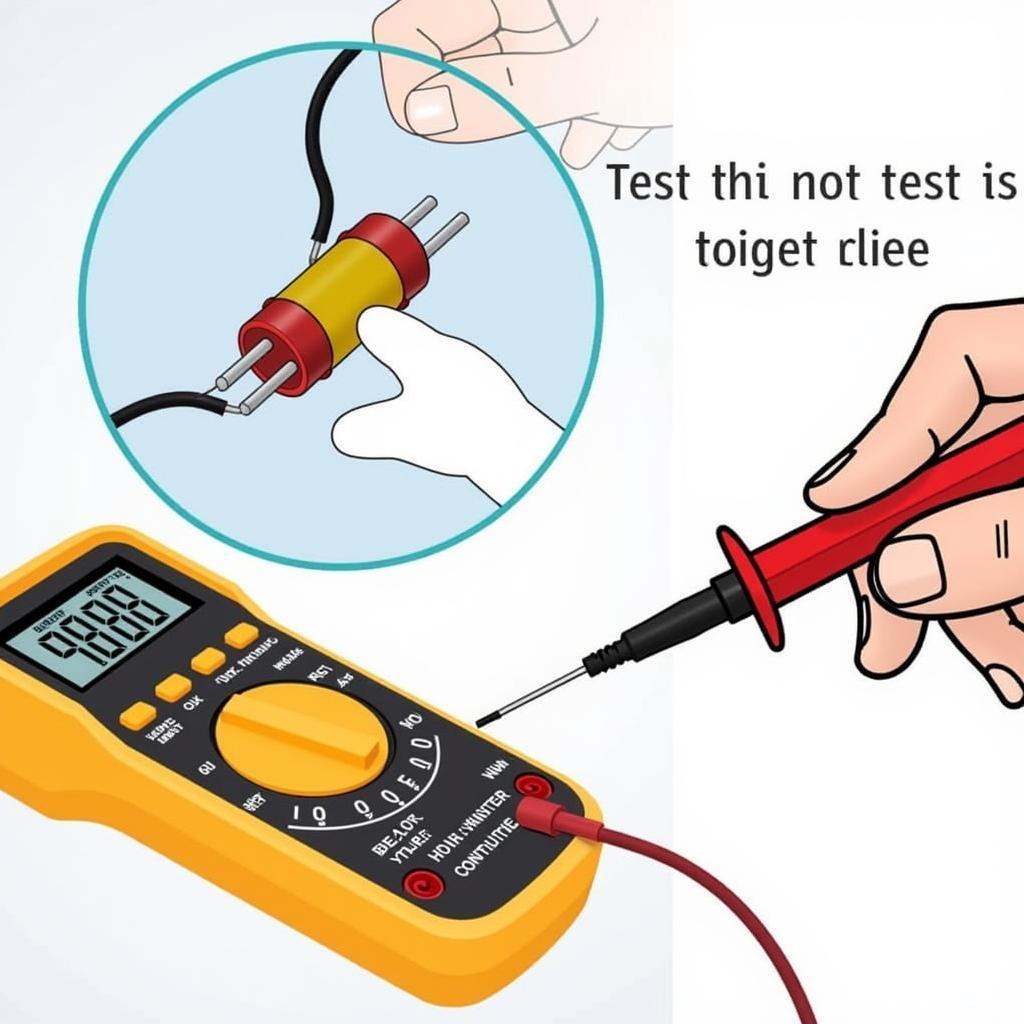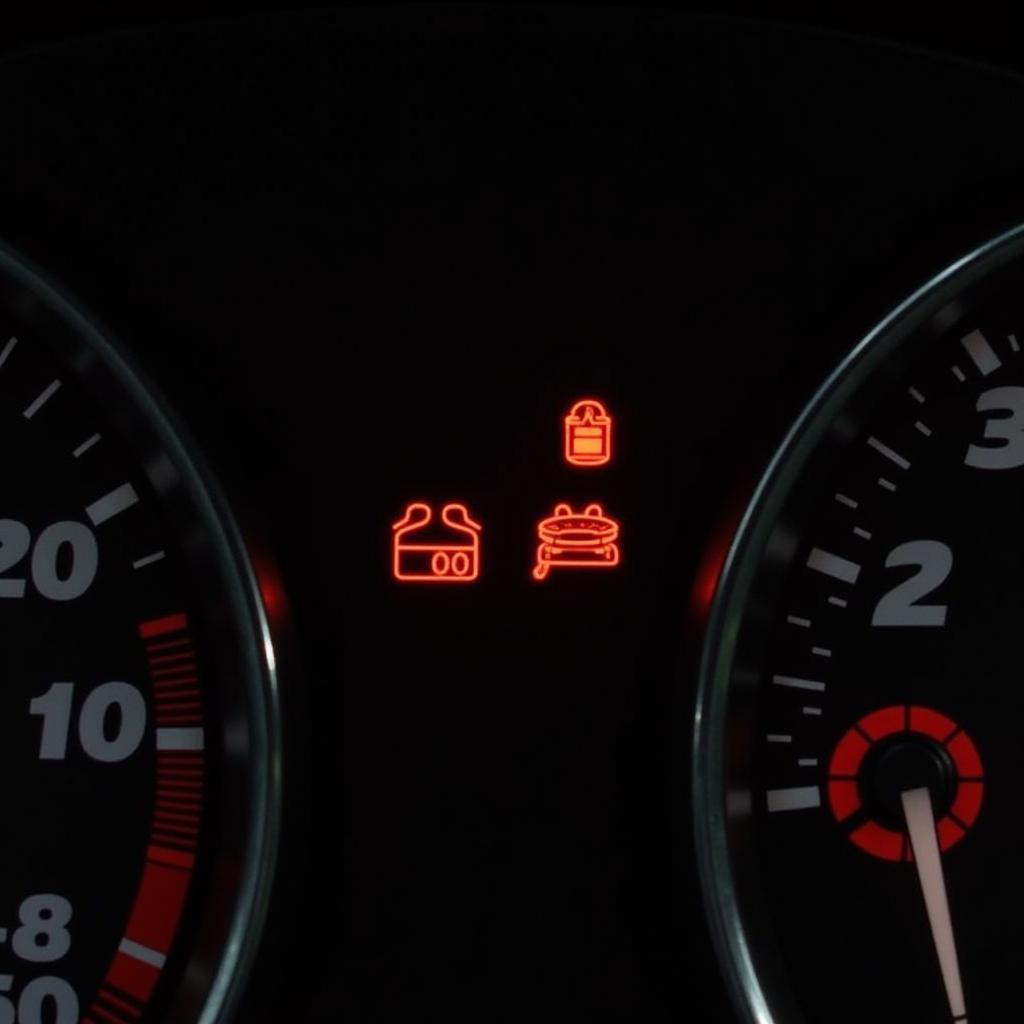If you’re experiencing issues with your 2015 Subaru Outback’s heated driver seat not getting warm enough, you’re not alone. A lukewarm or barely-there heated seat on a chilly morning can be frustrating. This comprehensive guide will walk you through the potential causes and provide practical solutions to help you regain that toasty warmth.
Let’s dive into the common reasons why your Subaru Outback’s heated seat might be acting up and explore how to fix them.
Common Causes of a Weak Heated Seat
Before we jump into fixes, it’s helpful to understand what could be causing the issue. Here are the most likely culprits:
- Blown Fuse: The heated seats in your Outback have a dedicated fuse. If this fuse blows, the circuit is interrupted, and no power reaches the heating elements.
- Faulty Heating Element: The heating element itself, located within the seat cushion, can wear out or break over time. This often leads to uneven heating or a complete lack of warmth in specific areas.
- Damaged Wiring: The wiring that connects the heated seat components can become frayed, pinched, or corroded, disrupting the flow of electricity.
- Malfunctioning Temperature Sensor: The seat’s temperature sensor monitors the heat output and regulates it accordingly. A faulty sensor might provide inaccurate readings, causing the heating element to work improperly.
- Control Module Issues: The heated seat control module acts as the brain of the system. If it malfunctions, it can lead to various problems, including a weak or non-functional heated seat.
Troubleshooting Your Subaru Outback’s Heated Seat
Now, let’s get down to diagnosing and fixing the problem. Follow these steps in order:
-
Check the Fuse: Locate the fuse box, usually found under the dashboard or in the engine compartment. Consult your owner’s manual for the exact location and the specific fuse related to the heated seats. Inspect the fuse visually for any signs of breakage or a blown filament. If it looks blown, replace it with a new fuse of the same amperage.
 Blown Fuse
Blown Fuse -
Inspect the Wiring: With the car off and the negative battery terminal disconnected, visually examine the wiring connections under the seat for any signs of looseness, damage, or corrosion. Pay close attention to areas where wires might rub against metal parts. Repair or replace any damaged wires as needed.
 Heated Seat Wiring
Heated Seat Wiring -
Test the Heating Element: If the fuse and wiring appear fine, the next step is to test the heating element’s continuity using a multimeter. Access the element by carefully removing the seat cover. Consult a repair manual for guidance. Set the multimeter to the continuity setting and touch the probes to the element’s terminals. A continuous beep indicates the element is intact; no sound suggests a break within the element.
 Testing Heating Element
Testing Heating Element -
Assess the Temperature Sensor: The temperature sensor is usually located within the seat cushion near the heating element. Access it carefully and disconnect its electrical connector. Use a multimeter to check its resistance. Refer to your vehicle’s repair manual for the correct resistance reading at different temperatures. A significant deviation from the specified range suggests a faulty sensor that needs replacement.
-
Seek Professional Help: If you’ve gone through these steps and still haven’t pinpointed the issue, it’s advisable to consult a qualified automotive electrician or take your Outback to a trusted mechanic specializing in electrical systems. They possess the expertise and diagnostic tools to accurately diagnose and resolve more complex problems, including potential control module malfunctions.
Expert Insights
John Smith, Senior Automotive Electrician at Smith’s Auto Repair, shares:
“One often-overlooked aspect is the condition of the seat cover itself. If the fabric is compressed or worn thin in certain spots, it can hinder the heat transfer from the element to the occupant. So, even with a perfectly functional heating system, you might feel cold spots.”
He adds:
“Modern cars are becoming increasingly reliant on software. Sometimes a software glitch within the body control module can affect the heated seats. In such cases, a simple software update at a dealership or specialized repair shop can often resolve the issue.”
Conclusion
Troubleshooting a weak heated driver seat in your 2015 Subaru Outback involves a systematic approach to identify the root cause. By following the steps outlined in this guide, you can often pinpoint the problem yourself. However, for more complex issues involving wiring, sensors, or control modules, it’s always best to seek professional assistance. With a little effort, you can soon enjoy those cozy winter drives again.


